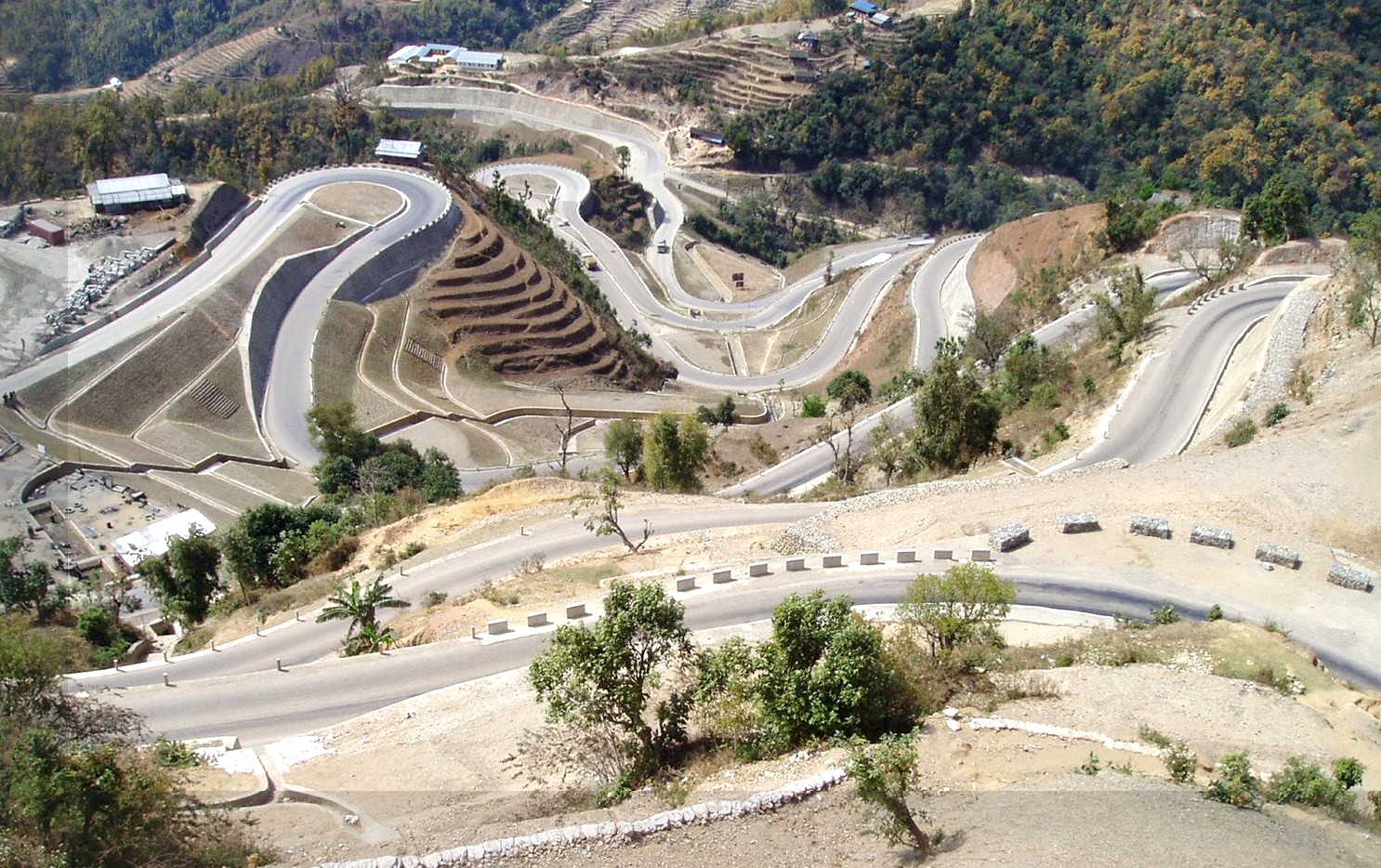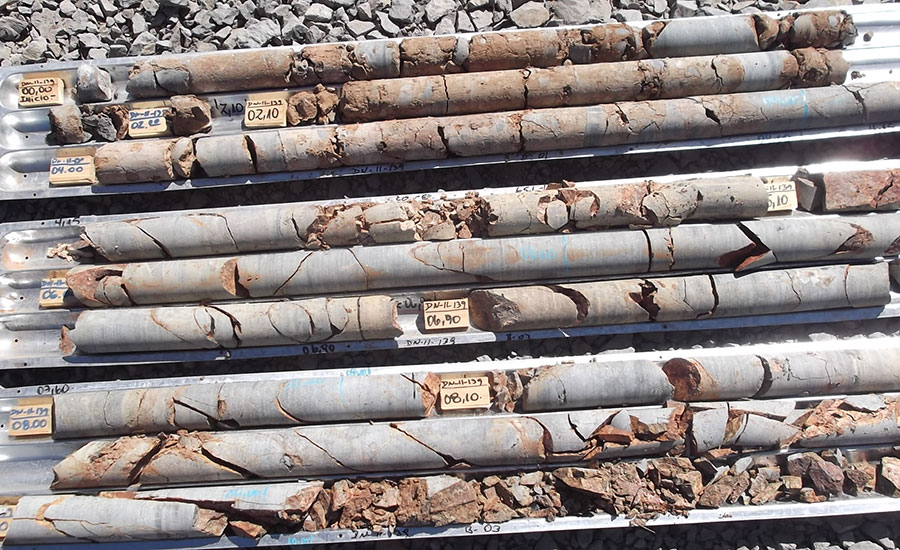Why Geotheta Attracts attention in the Field of Geotechnical Engineering
Why Geotheta Attracts attention in the Field of Geotechnical Engineering
Blog Article
Diving Into Geotechnical Services: the Vital Role of Soil Analysis, Earthquake Threat Analysis, and Geosynthetics in Structure Lasting and Safe Structures
In the realm of constructing lasting and secure structures, the foundation laid by geotechnical solutions plays a vital duty. Soil evaluation, quake danger assessment, and the application of geosynthetics are essential parts that ensure the stability and durability of buildings. By recognizing the composition of the soil, anticipating seismic risks, and incorporating innovative products, designers can minimize dangers and improve the resilience of facilities. The correlation between geotechnical services and the safety and security of buildings is detailed, forming not just the structural soundness but also the environmental impact of our built atmosphere. The synergy between these elements creates the backbone of a conversation that explores the complex web of factors that add to the production of lasting and safe and secure towers.

Value of Soil Evaluation
Recognizing the value of dirt analysis is important in guaranteeing the structural stability and stability of any construction project. Dirt evaluation provides crucial information concerning the dirt structure, strength, and possible risks that might influence the foundation of a structure. By performing detailed soil evaluation, designers can figure out the ideal structure design, building approaches, and necessary safety measures to reduce any kind of potential hazards.
One of the main factors dirt analysis is essential is its role in recognizing dirt properties that could impact the security of a structure. Variables such as soil bearing capacity, settlement attributes, and water content can dramatically influence the architectural efficiency of a building job. Without correct soil evaluation, the structure may go to risk of resolving unevenly, causing structural damages or even collapse with time.
Furthermore, dirt evaluation aids in analyzing the danger of natural disasters such as landslides, floodings, or quakes. By comprehending the soil's habits under different conditions, designers can apply ideal measures to enhance the durability of the framework and ensure the security of owners. geotheta. In conclusion, soil evaluation is an essential action in the building and construction procedure that ought to never be forgotten
Assessing Earthquake Dangers
Offered the crucial duty of soil analysis in establishing structural stability, it is crucial to also evaluate quake risks when planning and constructing structures and infrastructure. Quake danger analysis entails evaluating the prospective seismic dangers that a site might face based on its location and geological characteristics. This process helps designers and designers comprehend the degree of risk positioned by earthquakes and aids in designing structures that can endure such events.
Assessing earthquake dangers usually entails studying historical seismic task in the area, figuring out the site's proximity to geological fault, and evaluating the dirt make-up to anticipate exactly how the ground will reply to seismic waves. By conducting an extensive quake danger analysis, engineers can apply proper mitigation steps, such as incorporating seismic-resistant style functions right into structures, to enhance their strength against quakes.

Duty of Geosynthetics
Geosynthetics play a critical function in enhancing the performance and resilience of civil design structures. One key facet of geosynthetics is their support capability, where they can improve the stamina of soils, giving improved assistance for roadways, embankments, and keeping wall surfaces.
They are likewise made basics use of in drainage applications to help with the efficient flow of water, stopping saturation and disintegration of soil. In enhancement to their technological functions, geosynthetics are valued for their sustainability, as they can reduce the need for all-natural sources and lower construction costs.
Building Sustainable Frameworks
The implementation of eco aware techniques in construction is crucial for promoting the growth of lasting frameworks. Structure lasting frameworks includes using materials and style techniques that minimize environmental effect, minimize energy usage, and advertise long-lasting durability. Incorporating lasting practices such as making use of recycled products, optimizing power effectiveness, and applying environment-friendly building qualifications like LEED can significantly boost the ecological performance of a framework.
One trick facet of building lasting frameworks is the effective use sources. This consists of making structures that make the most of natural light, air flow, and insulation to minimize the dependence on synthetic illumination, heating, and cooling down systems. In addition, integrating renewable resource resources such as solar panels or wind turbines can even more decrease the carbon impact of a building while likewise potentially reducing long-term power expenses.
In addition, sustainable structures usually focus on water conservation by including attributes like rainwater harvesting systems, low-flow fixtures, and drought-resistant landscaping. By adopting these ecologically friendly practices, building tasks can not only reduce their other ecological influence however additionally contribute to developing much healthier and much more resistant developed settings for future generations.
Ensuring Safety And Security in Building And Construction
In the realm of lasting construction techniques, a basic priority is making sure the security of all workers involved in the structure procedure. Safety in building and construction incorporates numerous elements, consisting of the usage of proper individual protective tools (PPE), adherence to safety and security methods, normal training on hazard acknowledgment and reduction, and the implementation of emergency reaction plans.

Final Thought
In verdict, soil evaluation, quake risk analysis, and making use of geosynthetics play crucial duties in making certain the sustainability and safety and security of structures. By recognizing the residential or commercial properties of dirt, assessing quake risks, and making use of geosynthetics for reinforcement, engineers can build structures that are both durable and long lasting. It is crucial for building and construction specialists to focus on these geotechnical solutions to produce lasting and risk-free structures for the future.
Dirt my site evaluation, quake danger assessment, and the application of geosynthetics are important elements that make certain the stability and long life of structures. Soil analysis provides essential details regarding the dirt make-up, stamina, and potential risks that might influence the foundation of a framework.One of the primary factors soil evaluation is essential is its function in identifying dirt residential properties that might influence the stability of a structure.In verdict, dirt evaluation, earthquake threat evaluation, and the use of geosynthetics play essential duties in making certain the sustainability and safety and security of structures. By understanding the homes of dirt, examining earthquake risks, and using geosynthetics for support, designers can construct structures that are both resilient and resilient.
Report this page